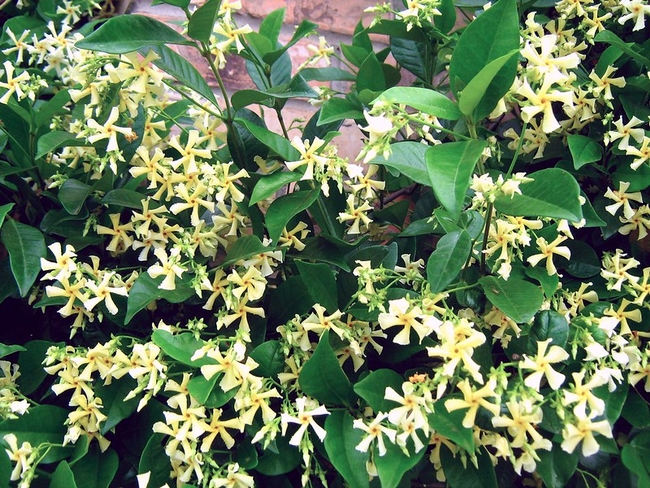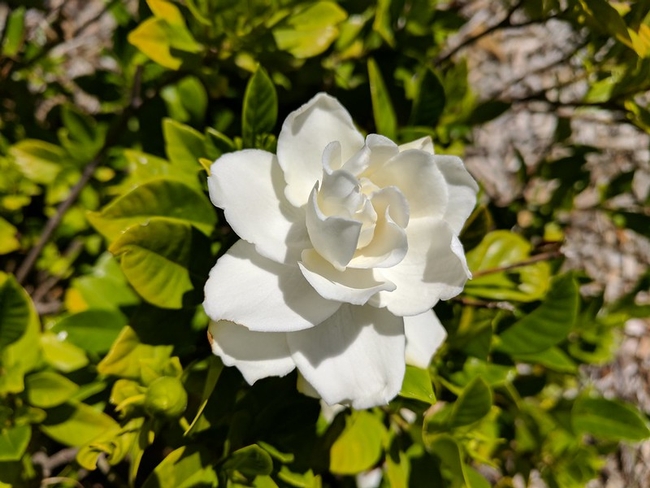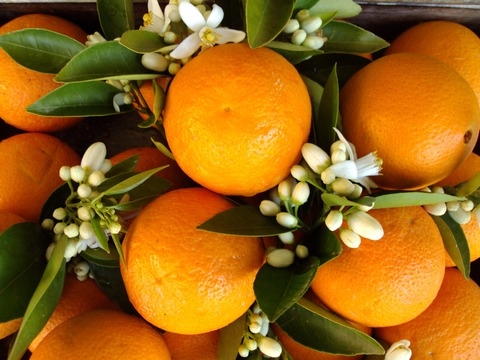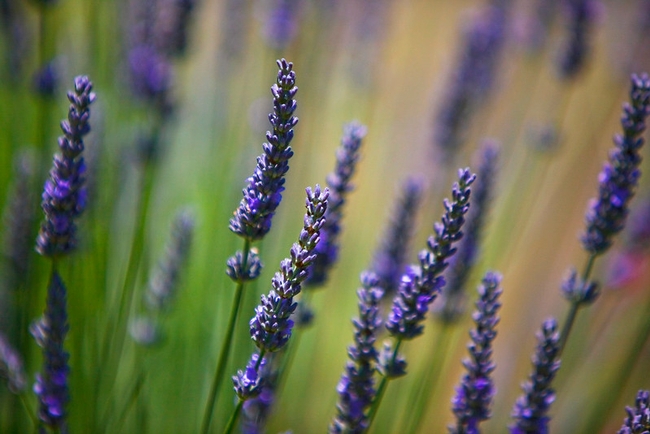A well-planned garden brings delight to all the senses. Consider the sound of insects buzzing, the sight of vibrantly colored flowers, the tactile delights gleaned from touching soft, smooth and rough textured plants, and, of course, the taste of fruits, vegetables and pungent herbs that greatly enrich our lives.
According to legend, King Solomon's true love was his scented garden, and for good reason. A garden featuring fragrant plants delivers year-round joy and a sense of tranquility but will also lure bees, birds and butterflies that pollinate the plants that supply our food.
With well-researched plant choices, you can add fragrance to your garden and home-grown produce to your kitchen without a lot of extra maintenance or water use.
When planning your scented garden, choose plants appropriate to your location and microclimate. Nurseries have many fragrant plants, although not all the aromas are pleasant. Some plants are hardier or more fragrant than others, and some are better suited to our Napa Valley climate.
Roses top almost any list of fragrant flowers. A stroll through Kazanlak, a small town in Bulgaria's Rose Valley, offers a delightfully perfumed atmosphere during the harvest season when the rose blossoms are processed for oil.
But not all roses are fragrant. The perfect long-stemmed blooms that florists sell typically come from Ecuador where they are bred for color, disease resistance and height. In the process, any trace of fragrance disappears.
Before selecting roses for your garden, research their reputation for fragrance and disease resistance. Choose a location that gets at least six hours of direct sun a day. With too little sun, the plants will not bloom consistently and may be more susceptible to pests and diseases.
Plant in moist, well-drained soil rich in organic matter. Keep water off the lower leaves; most roses are susceptible to pathogens that thrive in moist conditions and can eventually spread through the bush.
Most modern roses are grafted, so trim any suckers below the graft; they will drain energy from the principal plant.
Star jasmine (Trachelospermum jasminoides) is a true “star” when it comes to fragrance, and it tends to prosper in Napa Valley. This handsome evergreen vine does especially well when trained over a fence, gazebo or trellis and produces massive sprays of fragrant white flowers from late spring through summer.
Star jasmine needs full sun but can adapt to partial shade and does best with a neutral to acidic soil. Once established, these rugged plants require only modest irrigation through the hottest summer days. Light pruning once a year will keep them in check.
Few plants surpass the gardenia for fragrance, and once established, this evergreen shrub will deliver masses of scented white flowers from late spring to autumn. But it can be temperamental. Gardenias like bright morning sunlight and filtered light in the afternoon. They also prefer slightly damp (not soggy) acidic soil. Few blooms will mature if the ground is too wet or if the shrubs receive direct afternoon sun.
The blossoms of orange and lemon trees can perfume an entire yard for two weeks or more. As a bonus, they produce delicious fruit. Citrus trees thrive in hot climates but a few tips will ensure optimal results. Plant citrus trees in well-drained soil, preferably with a southern exposure. Once established, citrus will flourish with moderate summer water. Citrus trees typically do not flower or produce fruit the first three or four years so be patient.
Most varieties of lavender do well in Napa Valley. The plants are drought tolerant and produce heavily scented flowers and leaves (attractive to pollinators) from late spring through fall. Lavender is the go-to choice for foolproof success with a fragrant plant.
On the other hand, lilacs, prized for their scent, may not perform reliably in our mild Napa Valley climate. In contrast, Michigan's Mackinac Island in June, the highlight of the lilac season, is blanketed with the shrub's intensely fragrant purple sprays. Mackinac residents shiver through the brutal winters, but their lilac bushes—some 150 years old and 15 feet tall—thrive in this climate.
A great lesson for all gardeners: stick with plants suited to local conditions. Given climate change, we should also be mindful of a plant's prospects for long-term success. Some trees and shrubs that thrive in Napa Valley now may be poor choices in another 30 years.
Library Talk: Join UC Master Gardeners and Napa County Library for a free talk on “Trees: Moving to Greener Pastures” on Thursday, January 5, from 7 pm to 8 pm, via Zoom. Learn about the intricate subterranean fungal network that supports trees. Imagine with us what needs to take place for a community of trees to meet the challenges of our changing climate. Register to receive the Zoom link at https://ucanr.edu/2023JanTrees&FungiLibraryTalk
Help Desk: The Master Gardener Help Desk is available to answer your garden questions on Mondays and Fridays from 10 a.m. until 1 p.m. Send your questions to mastergardeners@countyofnapa.org. Include your name, address, phone number and a brief description of the problem. For best results, attach a photo of the plant. You may also leave a voicemail message with the same information at 707-253-4143.




